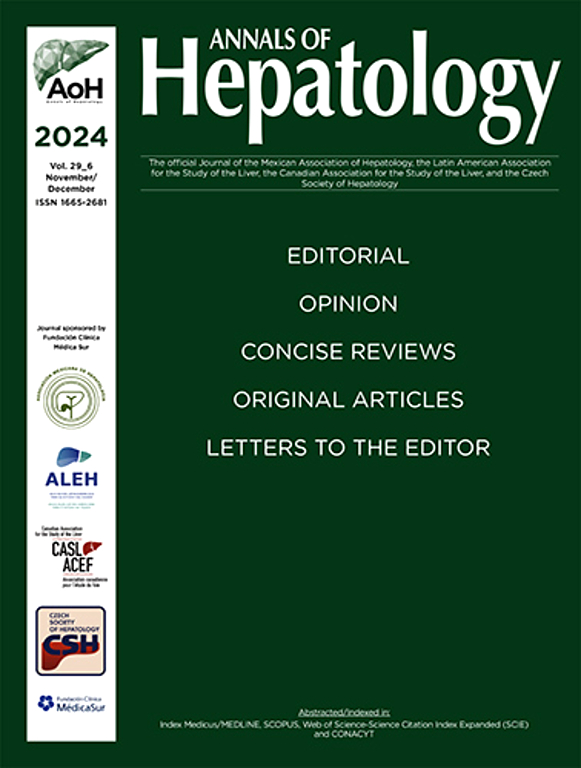Impact of parenchymal transection techniques on intraoperative blood loss during liver resection in a porcine model of elevated central venous pressure: A comparative study
IF 3.7
3区 医学
Q2 GASTROENTEROLOGY & HEPATOLOGY
引用次数: 0
Abstract
Introduction and Objectives
Liver resection is the standard treatment for resectable liver tumors and metastases. However, mortality and morbidity remain significant concerns, particularly for patients with chronically elevated central venous pressure (CVP), which increases perioperative complication risks. The optimal parenchymal transection technique for these patients remains unclear, necessitating further research.
Materials and Methods
This study established an innovative porcine model for high-CVP liver resection. Animals were divided into two groups: a control group (CVP ≤ 5 mmHg, low-CVP) and an intervention group (CVP ≥ 10 mmHg, high-CVP). A left lateral liver resection was performed using three parenchymal transection techniques: clamp-crush (CC), harmonic scalpel (HS), and stapler (ST). The primary endpoint was intraoperative blood loss, while secondary endpoints included transection time and bile leakage.
Results
No differences were found for blood loss or transection time among the low-CVP subgroups. In the high-CVP group, the HS and ST techniques were associated with significantly reduced blood loss and faster transection times than the CC technique. While transection times for the HS and ST were similar between the low- and high-CVP groups, they were significantly longer with the CC technique in the high-CVP group. The incidence of bile leakage was comparable across all three techniques.
Conclusions
This pilot study demonstrates superior outcomes for HS and ST techniques in high-CVP liver resections. Insights from this large animal model provide a basis for investigating optimal transection techniques for chronically elevated CVP, bridging preclinical research and clinical practice.
求助全文
约1分钟内获得全文
求助全文
来源期刊

Annals of hepatology
医学-胃肠肝病学
CiteScore
7.90
自引率
2.60%
发文量
183
审稿时长
4-8 weeks
期刊介绍:
Annals of Hepatology publishes original research on the biology and diseases of the liver in both humans and experimental models. Contributions may be submitted as regular articles. The journal also publishes concise reviews of both basic and clinical topics.
 求助内容:
求助内容: 应助结果提醒方式:
应助结果提醒方式:


